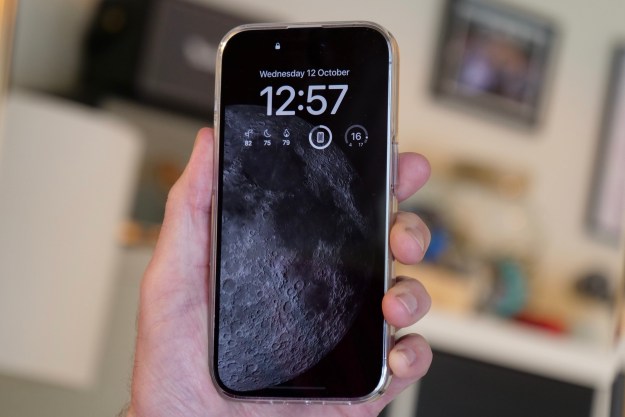
Have a jail broken phone? Make sure to check out our picks for the best jailbreak apps and games.
That was fast. Apple released its iOS 4.3 update for iDevices on Wednesday in preparation for today’s iPad 2 launch… and it is already jailbroken. User xpl0n1c uploaded a video to YouTube yesterday showing an iPad with the new system update installed running on an untethered jailbreak, which means that it can be rebooted without first being connected — tethered — to a computer and re-jailbroken.
Is this surprising? Not at all. The beta version of iOS 4.3 has been available to developers for some time now. There’s no public release of this jailbreak yet however, simply proof that it is running. With that key hurdle passed, it is now only a matter of time.
This YouTube posting doesn’t come from one of the usual jailbreak suspects, so there’s no blog or Twitter account to turn to for information about a future release. The video’s poster notes that the jailbreak shown is in its alpha phase, “because not all required kernel patches are in it yet.”
The practice of jailbreaking has become increasingly popular since a federal court ruled last year that it is perfectly legal. The chief advantage of a jailbreak is breaking free of the content restrictions that Apple places on App Store release. For example, one app available on Cydia — the jailbreak equivalent of the App Store — called MyWi allows your iDevice to be turned into a Wi-Fi hotspot. iOS 4.3 adds support for this natively of course, but the jailbreak app is a one-time payment of $19.99, versus the monthly fees associated with official Personal Hotspots on AT&T or Verizon. The danger to the end-user is also relatively minimal thanks to Apple’s System Restore feature, which returns the device to its factory settings.
Editors' Recommendations
- Apple is about to do the unthinkable to its iPads
- An Apple insider just revealed how iOS 18’s AI features will work
- How to find your lost phone (tips for iPhone and Android)
- Here’s how Apple could change your iPhone forever
- There’s a big problem with the iPhone’s Photos app

